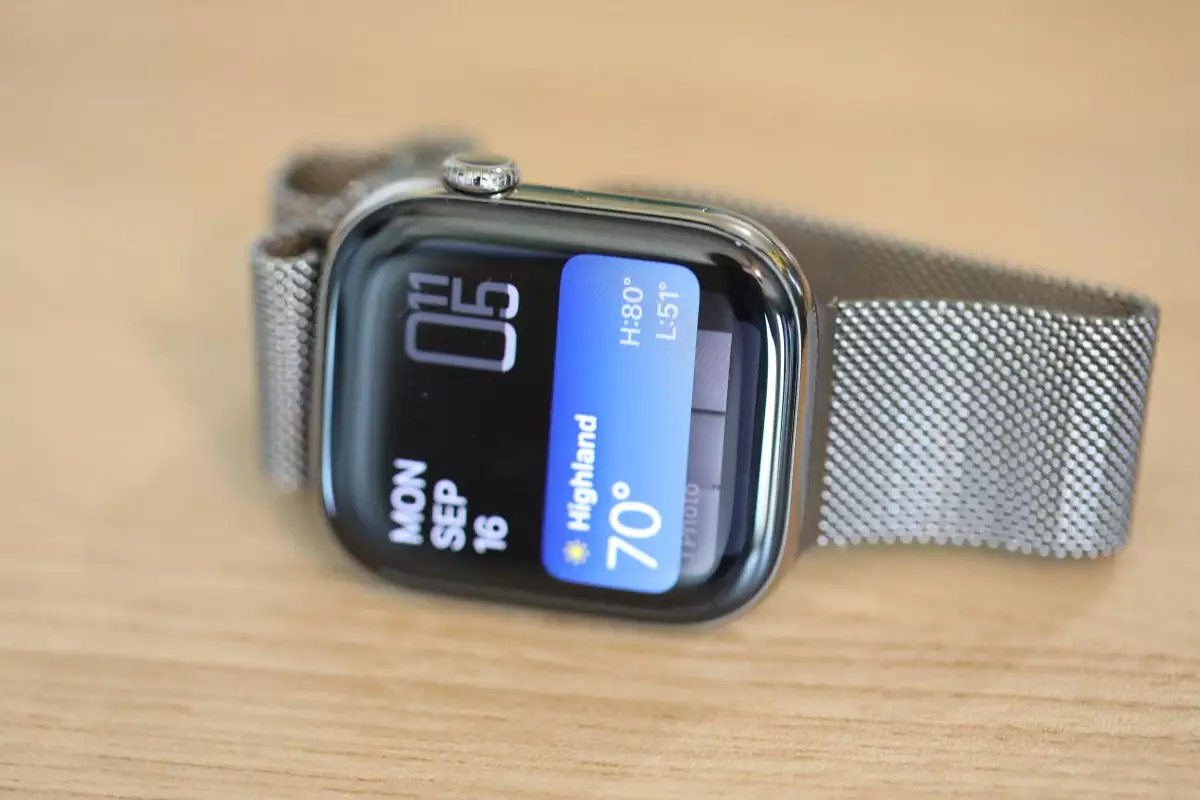In a recent legal showdown, a federal jury deemed that Masimo smartwatches infringed on the patents held by tech behemoth Apple. This ruling, however, came with an unexpected twist—Apple’s anticipated financial gain amounted to a mere $250 in statutory compensation, a stark contrast to the high-stakes drama typically associated with such legal battles. The implications of this verdict extend beyond financials; they delve into a complicated landscape where innovation, design, and competitive market strategies intersect.
Apple sought to communicate that their motives weren’t strictly financial, as emphasized by their attorney, John Desmarais. His assertion that the goal was not monetary gain but rather to curb Masimo’s apparent imitation of Apple’s product designs paints the situation in a legal and ethical light. Apple’s long-standing reputation for innovation sets the stage for a fierce defense against perceived infringements. Thus, the question arises: how far should a company go to protect its intellectual property, especially within industries increasingly blending technologies from different domains?
While the jury acknowledged that Masimo’s W1 Freedom smartwatch and its accompanying charger did indeed infringe on Apple’s design patents, the outcome may not be as devastating for Masimo as it initially appears. The infringement ruling applied to products that are no longer on the market, which Masimo highlighted in their statement. This brings to the forefront a critical aspect of patent law: the relevance of the products in question and their impact on current market offerings. Apple’s pursuit of an injunction against Masimo’s modern devices ultimately failed during this trial, suggesting that while the jury validated Apple’s claims, it simultaneously created a pathway for Masimo’s continued operation without significant alteration.
The case reflects a wider trend of patent litigation within the tech industry, sparking conversations about originality and the balance between competition and innovation. Apple and Masimo’s feud underscores the potential complexities faced by technology companies attempting to navigate not just the realms of design but also the intricacies of patent laws. As tech advances rapidly, there’s a pressing need for clearer boundaries around what constitutes innovation versus imitation, specifically in sectors where technology is increasingly integrative.
Looking forward, both companies face a pivotal moment in terms of strategic direction. Apple may redouble its efforts to solidify its design ethos amidst a flurry of competing technologies. For Masimo, the challenge will be to innovate while remaining vigilant against claims of ip infringement in a crowded marketplace. As both companies prepare for their next steps—Apple appealing an import ban and Masimo gearing up to refine its offerings—the legal frameworks surrounding patent law will likely continue to shape the innovation landscape in unpredictable ways.

